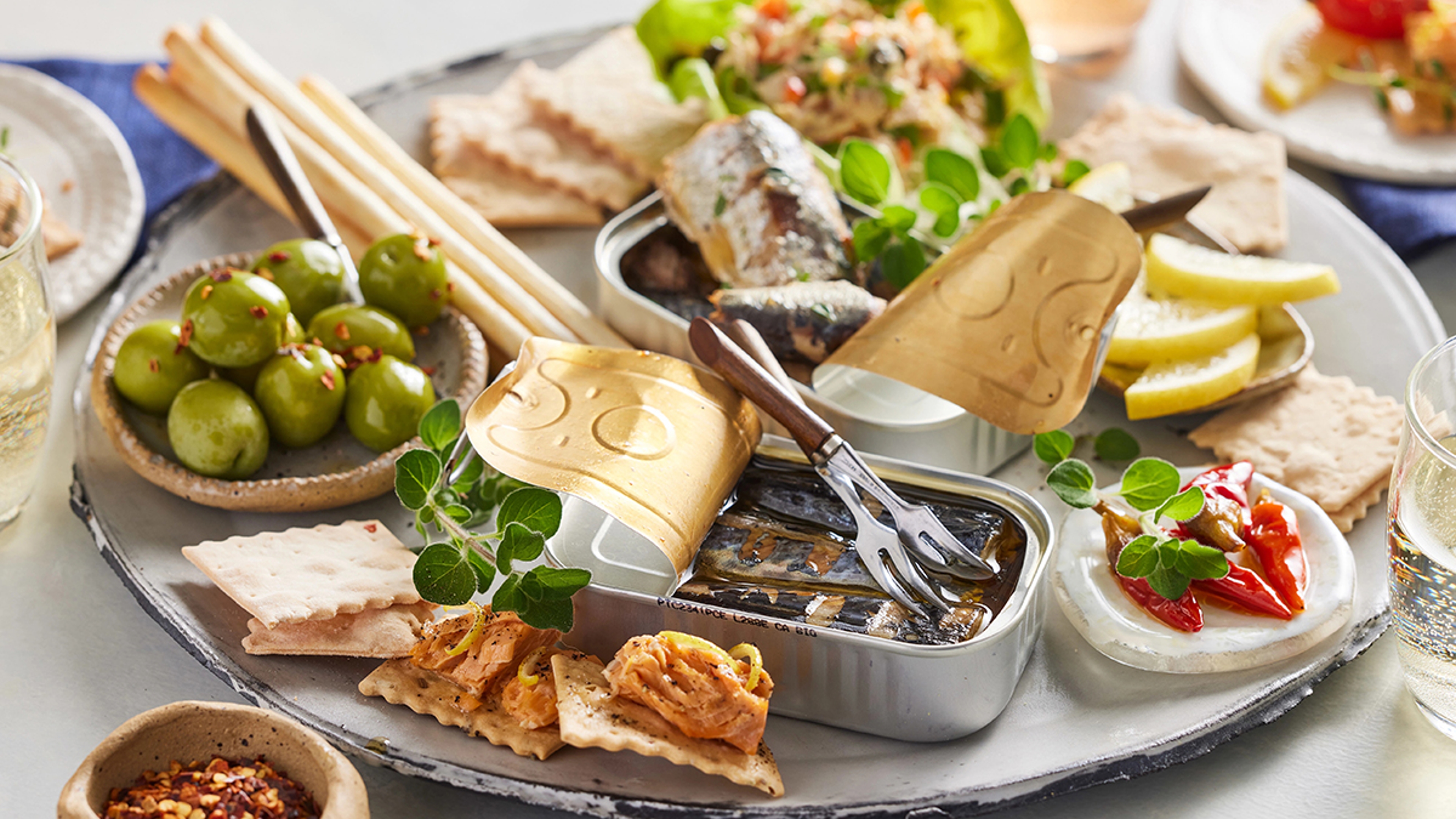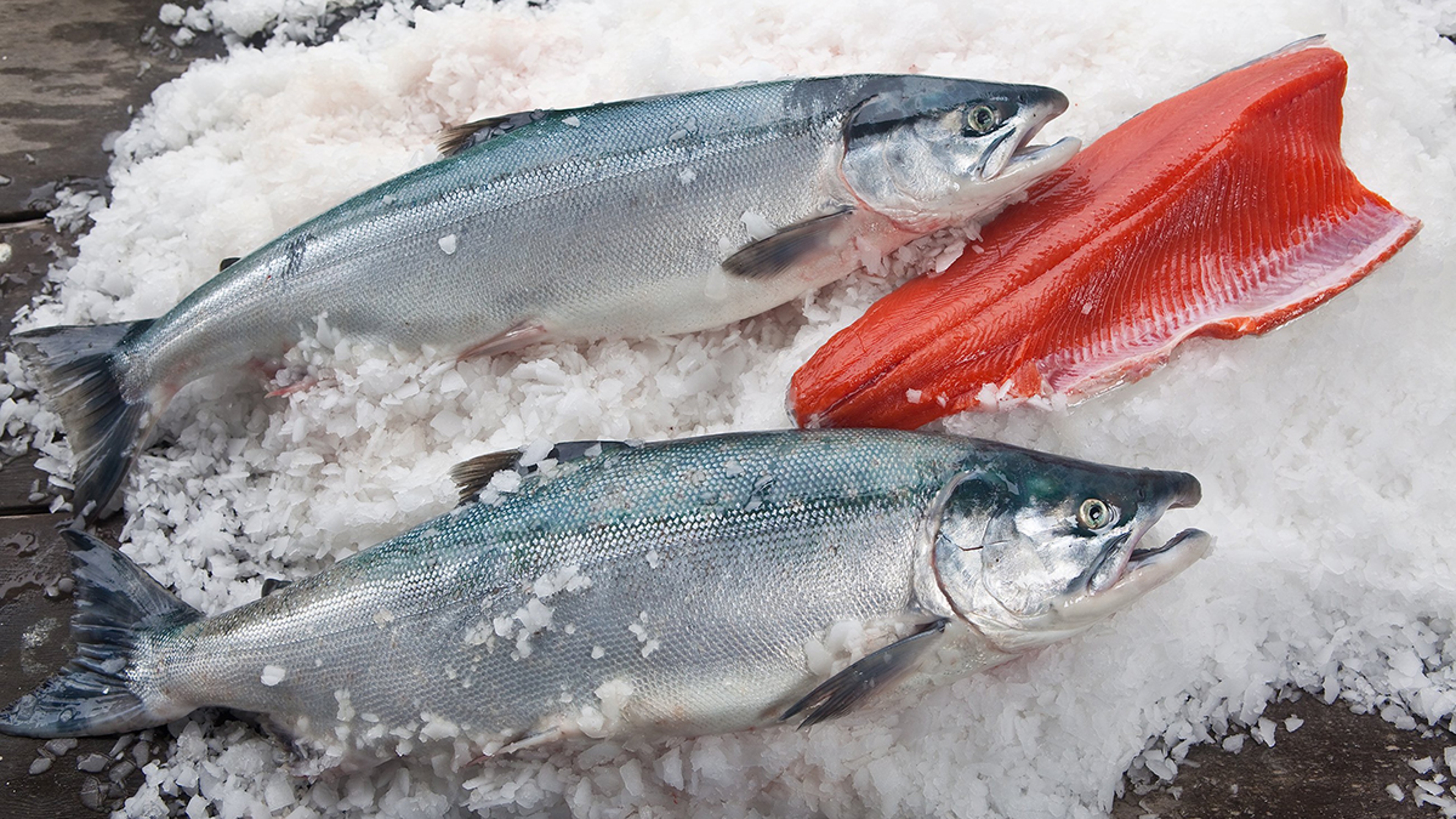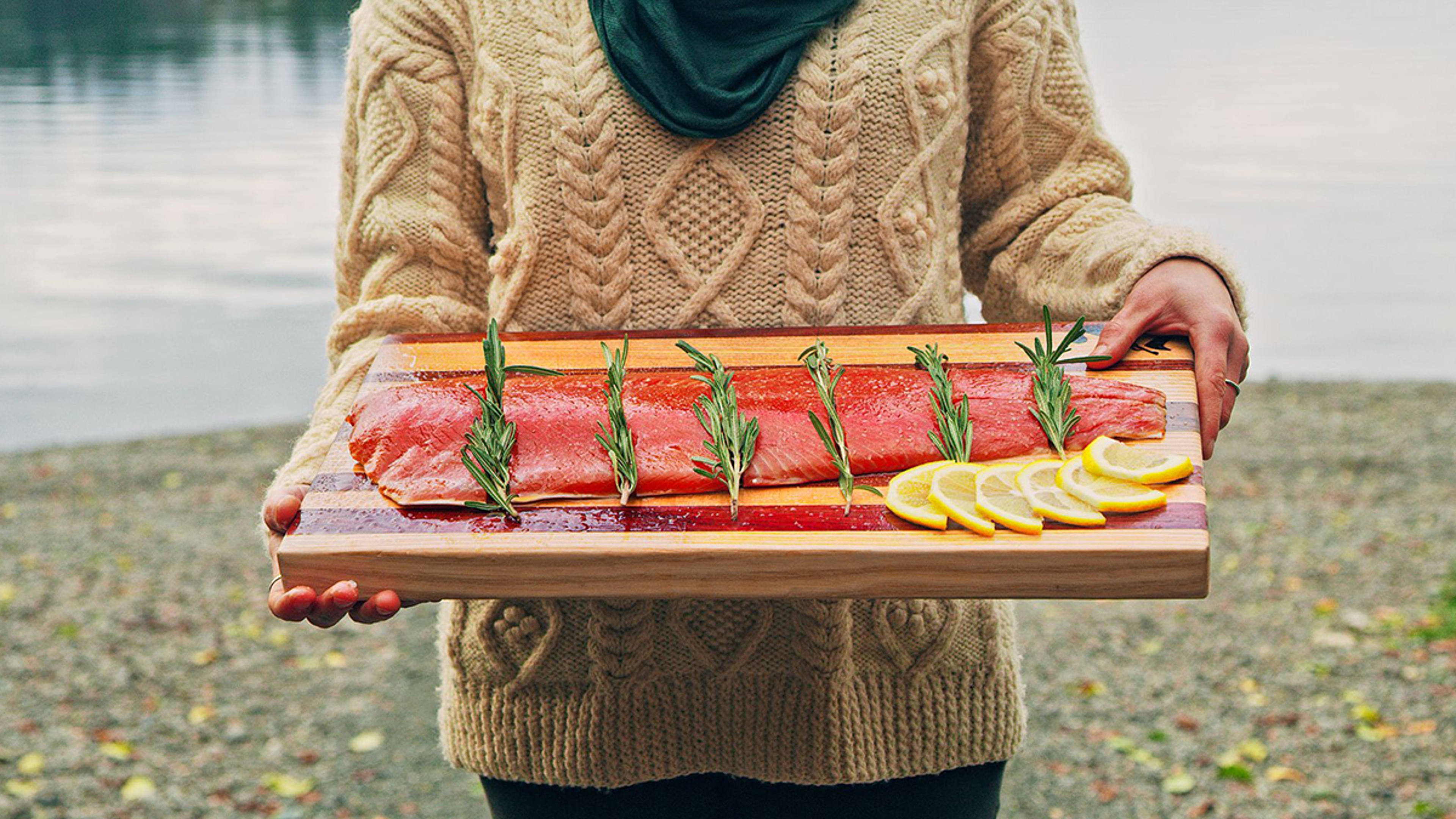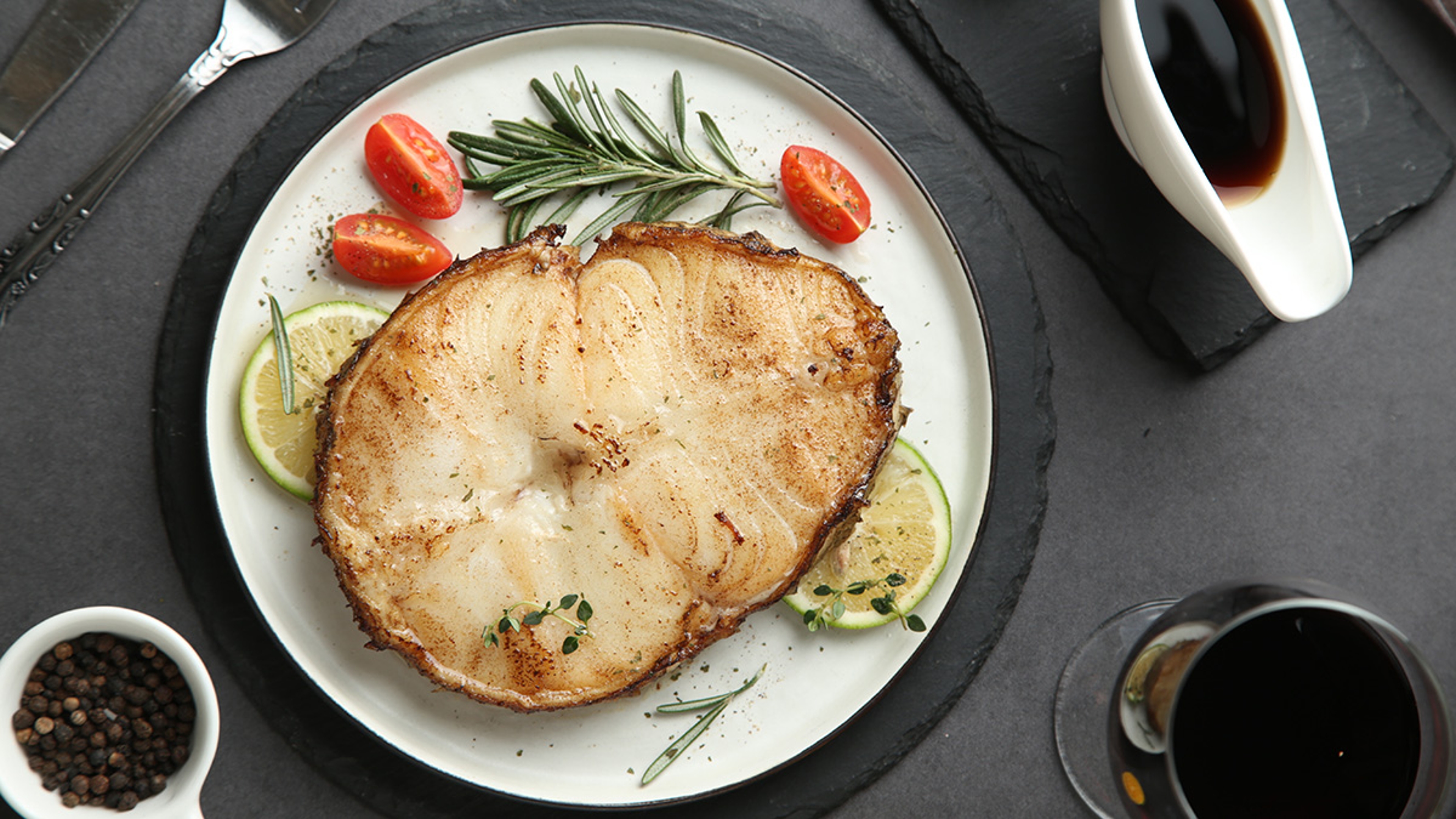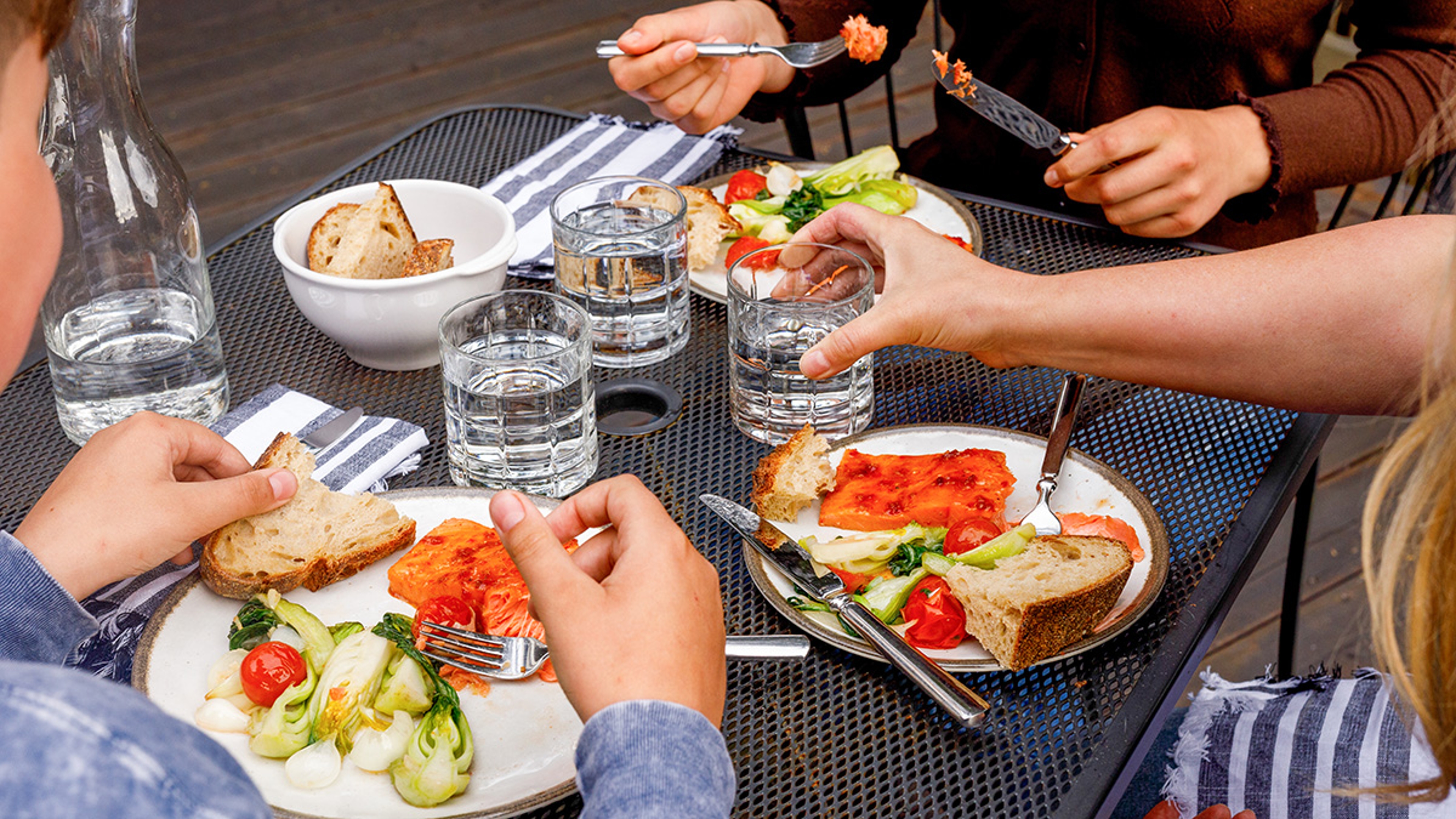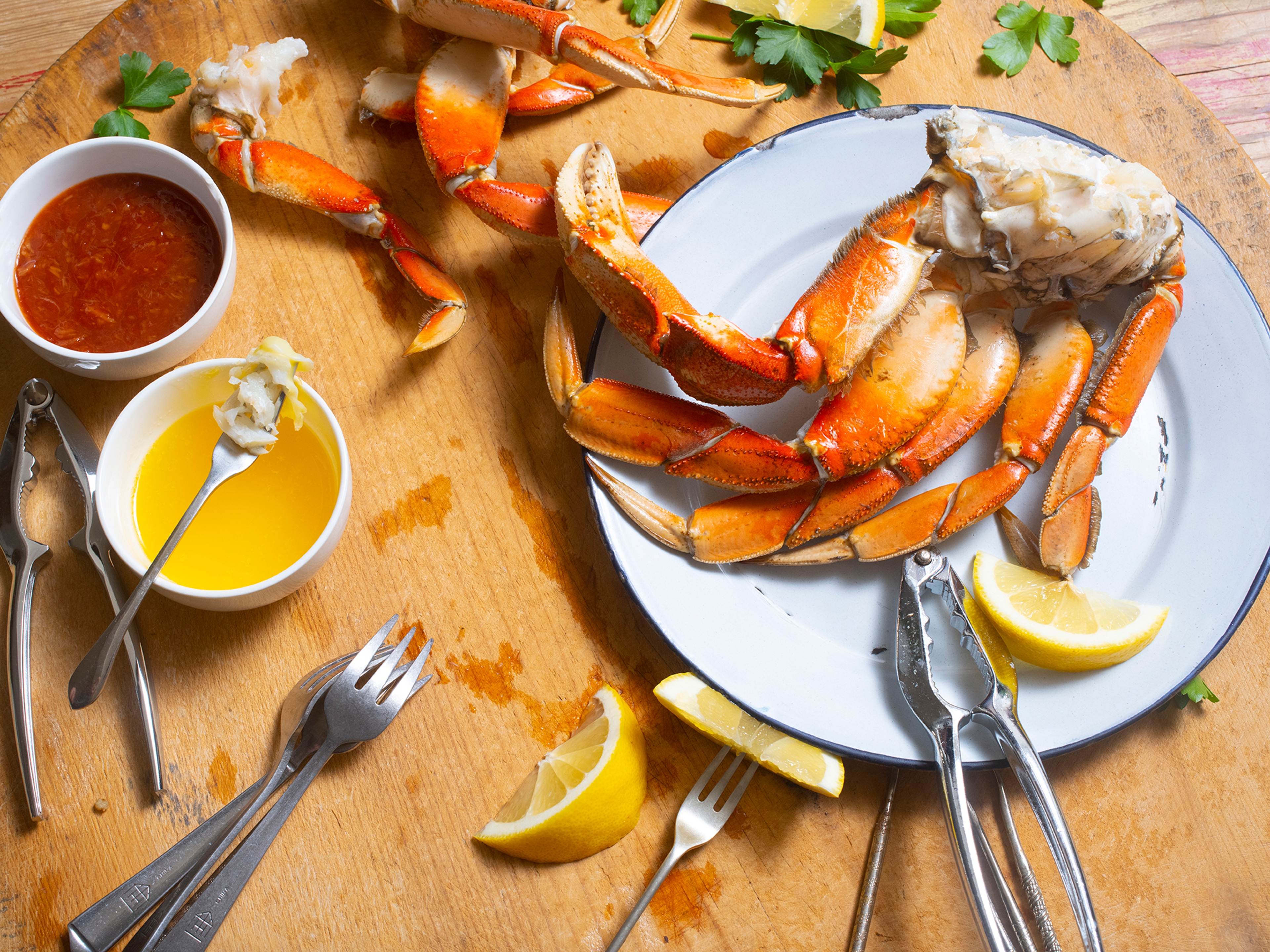November’s Featured Catch: Golden King Crab
This light, sweet, sustainable shellfish takes a long, complicated journey from the sea to your plate.
Oct 23, 2024
You might have heard about the “deadliest” catch of crabs in Alaska, thanks to a popular and long-running reality TV show. While Hollywood loves to pump up the drama to keep us watching, golden king crab fishing does present extreme challenges. Bringing these much-desired, delicious, long-legged crabs onto deep-sea vessels is no easy feat.
Crab fishermen have spent years developing systems to catch golden king crab, as well as Dungeness and snow (tanner) crab. These highly desired shellfish live in remote and rugged locations, which captains need to learn to traverse while maintaining the safety of the crews, sustainability of the harvest, and the quality of the seafood.
Thanks to all the effort, we as consumers can experience a light, sweet, wonderfully textured, and nutrient-rich delicacy that, in the case of golden king crab, travels from 1,800 feet below the roiling Alaskan seas to our plates.
READ MORE: What Are the Different Types of Crab?
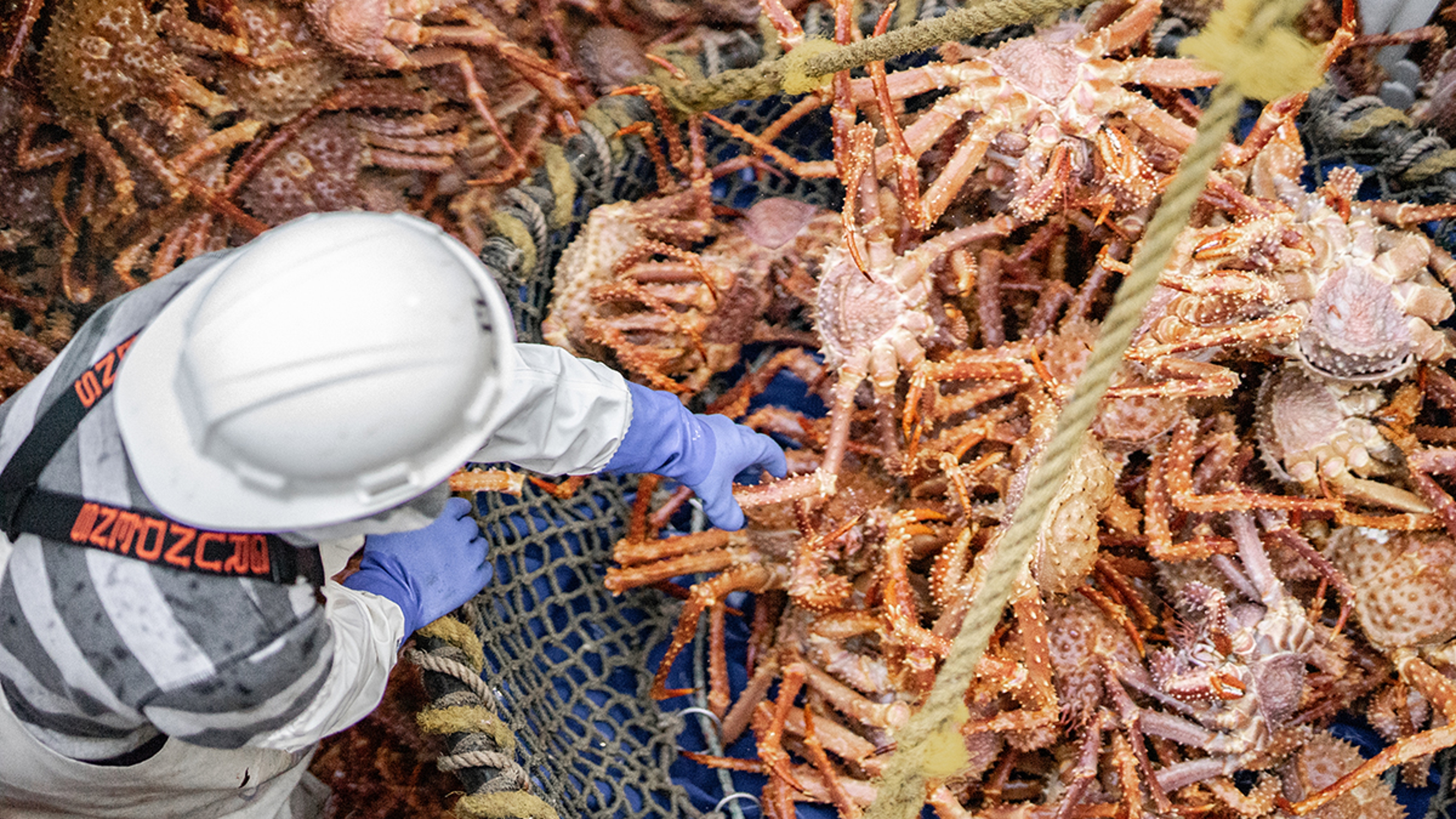
Crab’s golden age
Golden king crab wasn’t always known as such. Fishermen sometimes called them “the mountain goats of the sea” because of their ability to maneuver through the treacherous underwater trenches. Up until a few years ago, they were formally known as “brown king crabs.”
In 2017, after years of efforts by Alaskan crab fisheries to market the crabs by a name that referenced their golden color, the United States Congress officially changed the name to golden king crab. Unlike larger, spindly red king crabs and smaller Dungeness crabs, which inhabit flat and sandy ocean floors, Alaskan golden king crabs live in unforgiving underwater terrain around the Aleutian Islands. They scurry up and down steep walls, making them particularly hard to find and catch.
It’s apparently worth it for fishermen to risk their lives to bring the nuanced sweet flavor and light texture of these crabs to consumers. Their habitat’s pressure from the ocean depth (about 1,800 feet, or 300 fathoms for you true nautical folk) combined with the clean, pure nutrients the crab feed on is said to set their flavor apart. Crews also prize the simplicity of eating this type of crab: remove the meat from the shell, dip it in butter, and you’re, well, golden.
The hunt for golden king crab
One may wonder whether crab fishing is as dangerous as it looks on TV. While some scenes may be staged to ramp up the drama, the reality of catching crabs in the unforgiving Bering Sea is genuinely hazardous.
The journey begins every August, when the fleet of boats that make up the golden king crab fleet start preparations for the nearly 300-mile-long journey from Bristol Bay (we hear they have really good sockeye there) to the Aleutian Islands. The season runs from September into early the following year, meaning that the crews of six to eight need to stock up food and supplies for months at sea.
Once these hundred-plus-feet vessels reach the Aleutians, some may use longlines with specially designed pots set at 500-foot intervals lowered into the sea. Crews are known to use pots with pink netting because crabs cannot see the color pink — this results in a higher catch per pot, which requires less hardware and thus less wear and tear on the habitat. The pots are designed to allow smaller juvenile crabs and females to escape, as only males are harvested, enhancing sustainability.
Complex hydraulic systems reel in the pots, which can weigh 1,000 pounds each when full. Once on board, the live crabs are stored in large tanks under the deck. When the ships return and deliver the catch to the processing plant, the crabs sold by Vital Choice are flash cooked and frozen to preserve their flavor.
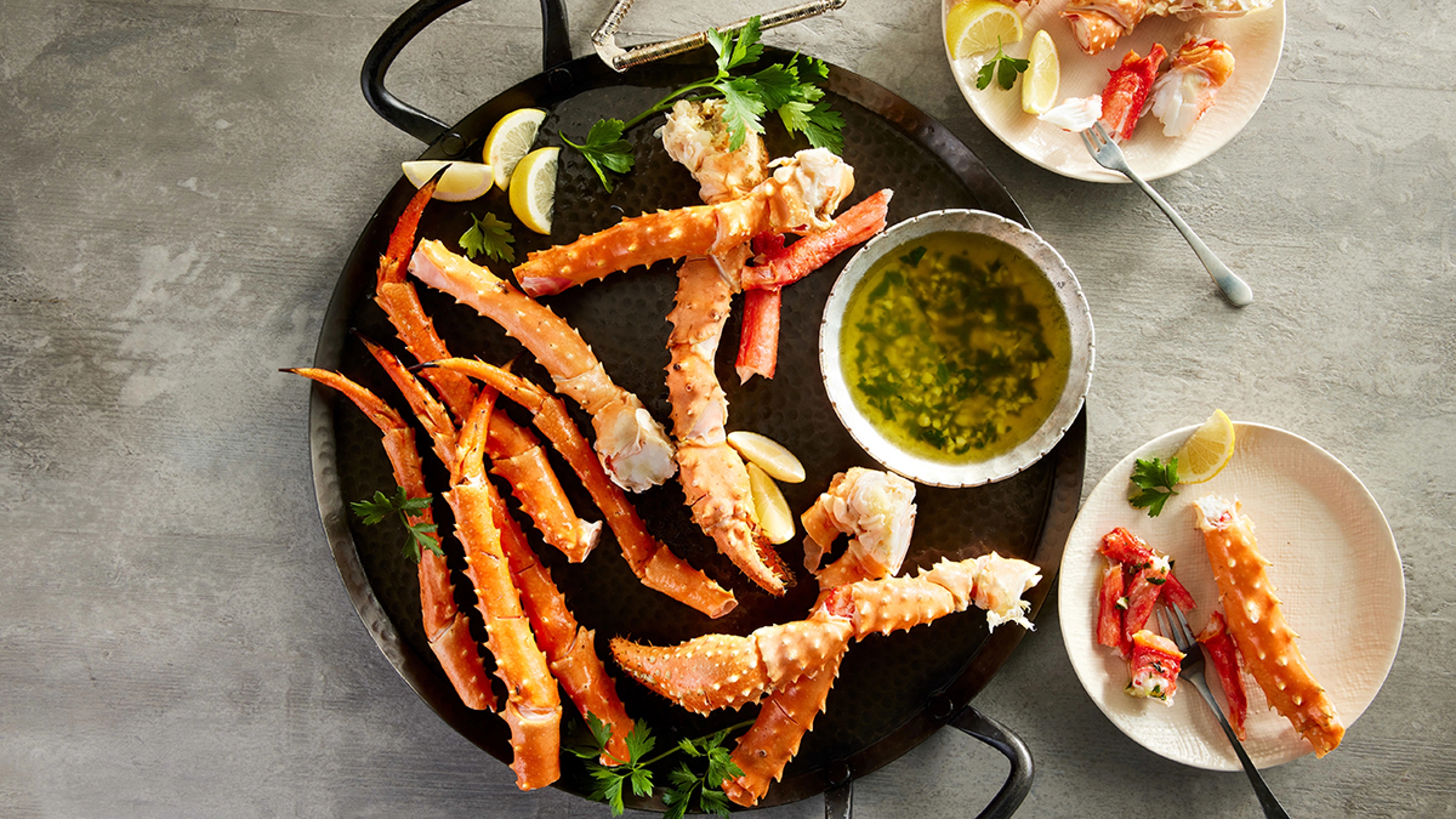
How to prepare and eat crabs
Because golden king crab, along with snow and Dungeness crabs, are fully cooked and frozen, they are easy to prepare and eat. First, thaw the crabs overnight (12 to 24 hours) in the refrigerator on a rimmed baking sheet. After the crab is thawed, rinse it with cold water. If serving the golden king crab cold — preferably (read: highly recommend) with a side of melted butter — bend the legs back and forth at the joint to separate them in sections. Next, use kitchen shears to open the shell on the smoother underside — with less pointy spines — and remove the meat.
For snow (tanner) crabs, twist each leg gently until it separates from the cluster. Bend the leg back and forth at the middle of the joint to separate the meat. Crack one section of the leg, gently pulling the meat away from the shell. You’ll need a crab cracker or sharp shears to crack the shell of the claw.
Dungeness crabs need to be thoroughly cleaned before eating, starting by removing the triangular flap from its underside. Place the belly side down and lift off the back shell. Rinse with cool water and remove and discard the membrane. Next, twist each leg away from the body and use a mallet or chef’s knife to crack the shell of each leg and remove the meat.
If warming the crab, be careful not to overcook it; the meat tastes best when heated only slightly. One recommendation is to add crab meat to pastas — in most cases, you can simply add the crab to warm noodles, where the residual heat will do the work. Other methods for warming the meat include heating the crab in its shell in a pot of hot water (off the burner) for 4 to 8 minutes, steaming or roasting with a bit of water, or grilling it with olive oil.
The benefits of eating crab
The clean flavor of crab makes it an ideal food for people who find the taste of fish too, well, fishy. Especially because crab meat contains many of the same vitamins, nutrients, and omega-3 fatty acids that make salmon and other good-for-you seafood desirable. Crab is also a great source of iron and protein. In other words, eating crab has heart and brain-boosting effects and can help improve your immune system, all while delivering a delicious eating experience. More so when paired with a crisp white wine…






